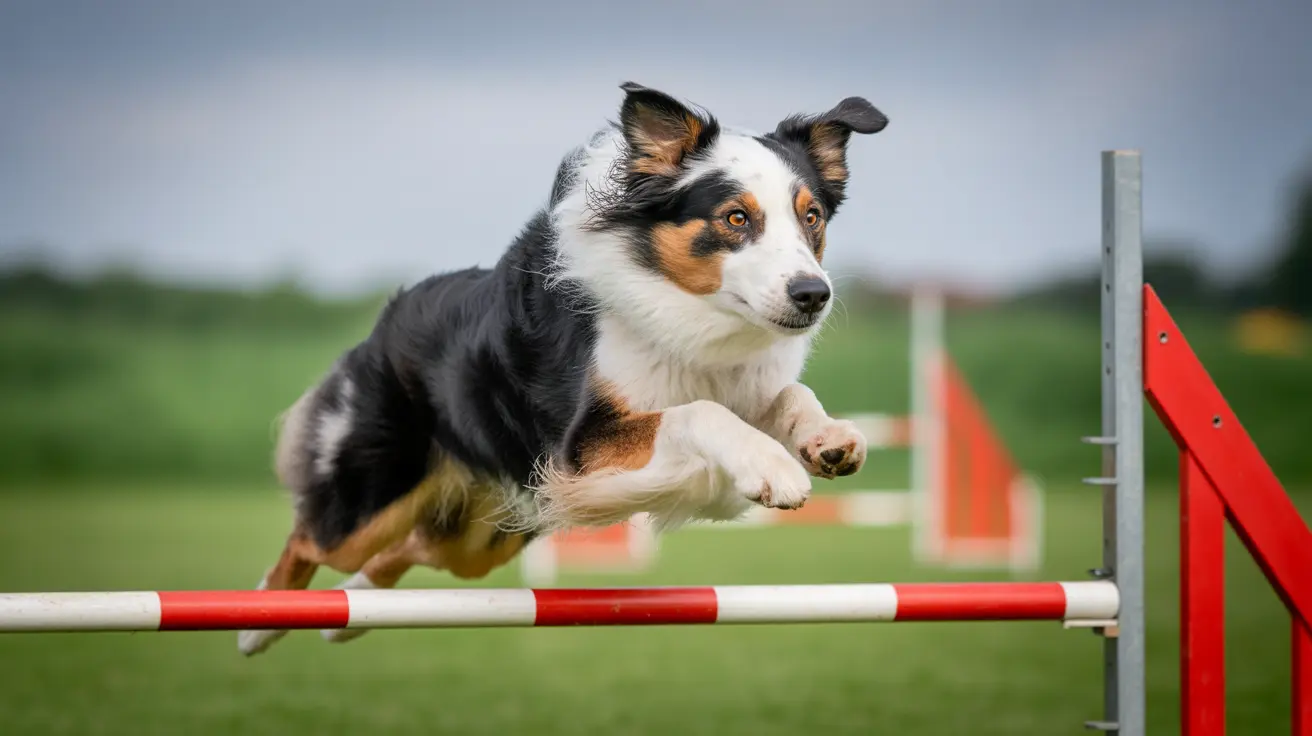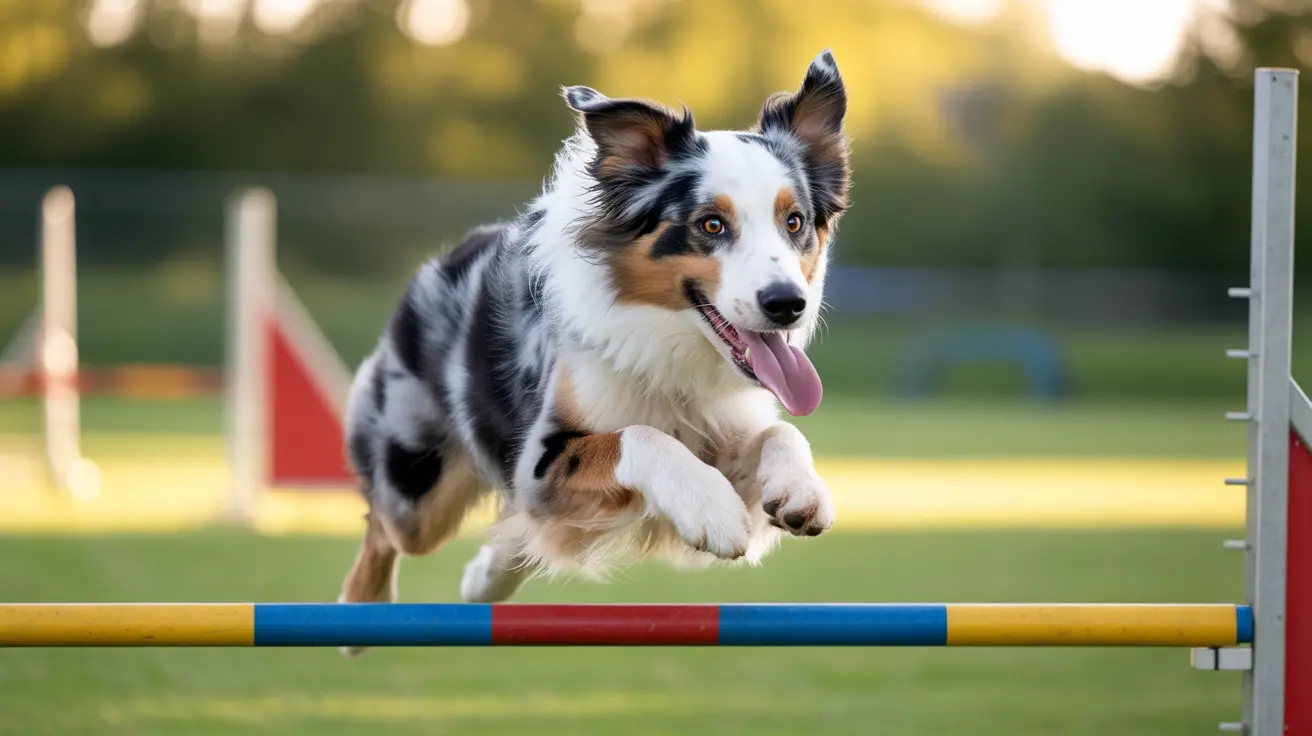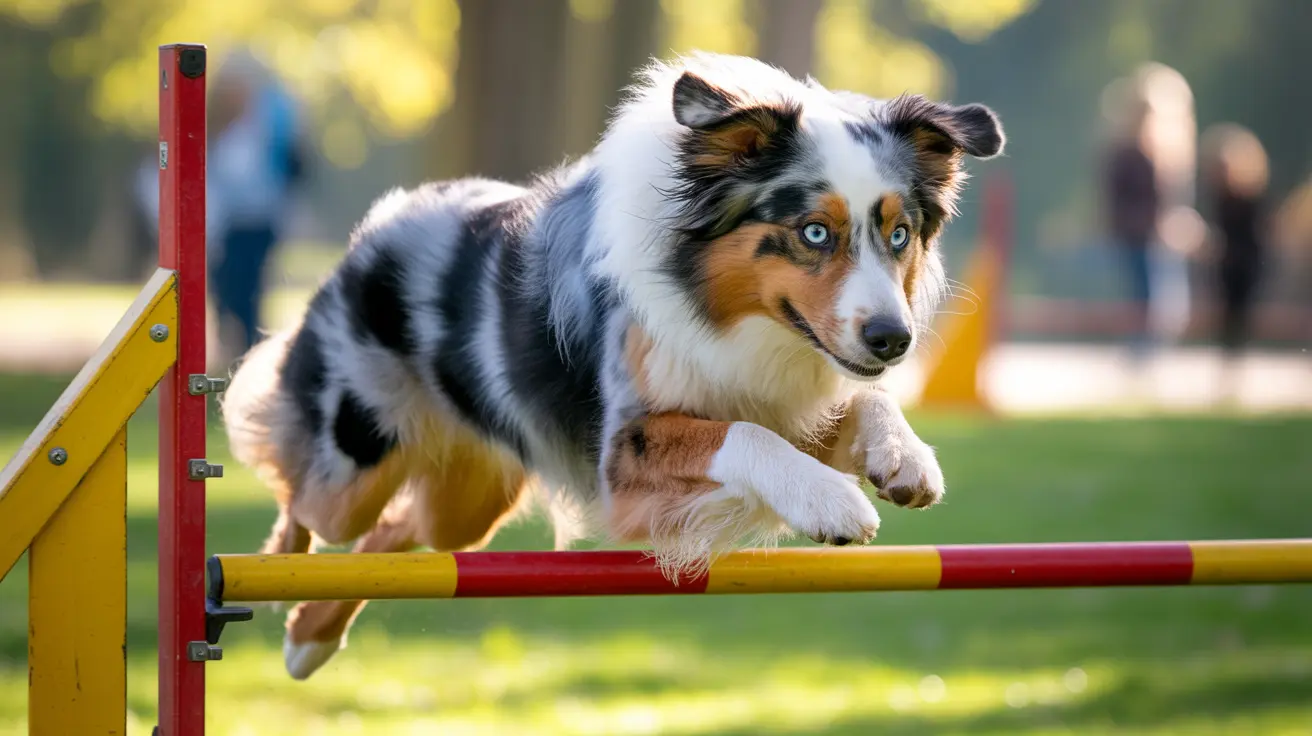The Best Hypoallergenic Dogs for Families
Finding a dog that's suitable for family members with allergies can be challenging, but it's definitely possible. While no dog is completely hypoallergenic, some breeds and crossbreeds tend to shed less and generate fewer allergens, making them better choices for allergy-prone households. Let's dive into what makes a dog hypoallergenic and highlight breeds that often work well for families.
Understanding Dog Allergies
Most people think fur is the culprit behind pet allergies, but that's only part of the story. The real triggers are dander (tiny flakes of dead skin), saliva, and urine. When these substances become airborne or settle on surfaces, sensitive individuals may react.
It's important to remember that every person's reaction is unique. Spending time with a specific breed before adopting can help gauge your family's sensitivity. Consulting an allergist or veterinarian is also wise when making your decision.
What Makes a Dog Hypoallergenic?
Hypoallergenic dogs typically share several characteristics:
- Low-shedding or hair-type coats
- Lower dander production
- Non-oily fur that traps fewer allergens
- Require regular grooming and brushing
Even with these traits, no breed is guaranteed to be allergy-free for everyone. Regular cleaning and grooming routines are essential to keep allergens at bay.
Top Hypoallergenic Breeds by Size
The following breeds are often recommended for families seeking a hypoallergenic companion:
Small Breeds:- Maltese: Gentle, playful, with long white hair that hardly sheds (but needs frequent grooming).
- Bichon Frise: Cheerful and compact; their curly coats require regular brushing.
- Miniature Poodle: Curly, dense coat; intelligent and adaptable in small spaces.
- Miniature Schnauzer: Alert and loyal; their wiry coat sheds very little but needs regular trims.
- Yorkshire Terrier: Small but bold; fine silky hair similar to human hair requires frequent care.
- Coton de Tulear: Affectionate with minimal shedding; fluffy white coat needs attention.
- Affenpinscher & Havanese: Both have low-shedding coats and playful personalities.
- Portuguese Water Dog: Energetic with a curly waterproof coat; loves activity and swimming.
- Soft Coated Wheaten Terrier: Silky low-shedding coat; friendly and energetic—great for active families.
- Lagotto Romagnolo & Barbet: Both have woolly or curly coats that resist water and shed little.
- Standard Poodle: Dense curly coat; excels in obedience roles and needs regular mental stimulation.
- Labradoodle & Goldendoodle (Poodle crosses): Friendly, intelligent, with wavy or curly low-shedding coats (though individual results vary).
- Bernedoodle & Golden Mountain Doodle: Large gentle mixes often suited to families; coats range from wavy to curly.
Doodles: Popular Crossbreeds
Poodle mixes—commonly called "doodles"—such as Goldendoodles, Labradoodles, Bernedoodles, Aussiedoodles, Cockapoos, Cavapoos, and Maltipoos are increasingly popular due to their potential for low-shedding coats. However, their hypoallergenic qualities can vary widely depending on genetics and generation (F1 vs F1b vs multigen). Routine grooming remains critical to minimize dander in these breeds.
Lesser-Known Hypoallergenic Options
- Xoloitzcuintli (Mexican Hairless): Hairless or short-coated varieties need minimal maintenance but still produce some dander.
- Kerry Blue Terrier & Bedlington Terrier: Both have curly single coats that shed little.
- Airedale Terrier & Giant Schnauzer: Larger terriers known for intelligence and low-shedding wiry coats.
Tips for Reducing Allergens at Home
- Brush your dog's coat several times each week using proper tools.
- Bathe your dog every two to six weeks (depending on breed) with gentle shampoos designed for sensitive skin.
- Launder dog bedding regularly and vacuum living spaces frequently—especially carpets and upholstery where dander collects.
- Add air purifiers to help control airborne allergens inside your home.
- Avoid letting dogs sleep in bedrooms or on beds if allergies are severe at night.
A healthy diet supports skin health too—keeping dander production lower overall. And don't forget: washing hands after petting helps reduce accidental allergen transfer!
Caveats When Choosing a Hypoallergenic Dog
No single breed is perfect for all allergy sufferers. Some breeds like Schnauzers are specifically known to produce less pet dander—but even within "hypoallergenic" breeds or crosses there can be significant variation between individual dogs. Testing your reaction in real-life settings before adoption is always smart.
Some breeds are less suitable due to heavy shedding or oily coats: St. Bernards, Bulldogs, German Shepherds, Boston Terriers, Pekingese tend not to work well for allergy-prone homes.
Welcoming a hypoallergenic dog gives many families the chance to enjoy canine companionship without constant sneezing or itchy eyes—as long as you stay committed to cleaning routines and choose the right match!





